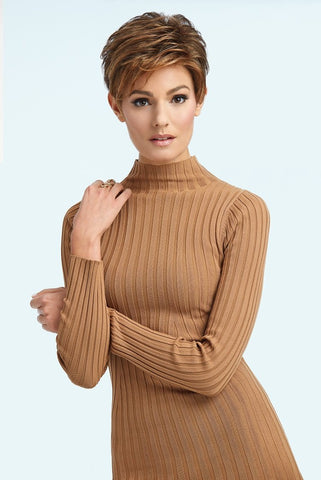Brooke - Finding Myself Through Self-Love and Wigs
Brooke’s journey begins in the shadows of an abusive relationship—one that left lasting physical and emotional scars. But from that pain grew a powerful story of healing. With the unwavering support of her grandmother and family, Brooke not only began to rediscover herself but also found joy and confidence in exploring wigs and expressing her beauty in new ways. Her story is full of strength, hope, and transformation.
Read More…
May 02, 2025
—
Anna Lewis
Tags:
#blogs
#ellenwille #blogs
#ellenwillesunset
#lana
#tressallure
Acceptance
accessories
acrylic
adhesives
adjustable cap
adjustments
age
aging
Alopecia
Alopecia Wigs
alternative hair
AMARA WIG
bamboo caps
barrettes
basic cap
be kind
beat the heat
beauty myths
belle tress
belle tress wigs
belletress
big hair
bio hair
bio hair care
biological hair
blog
blogger
blogging
blonde
blonde hair
blonde highlights
blonde roots
blonde wigs
bob
bobbie pins
bobby pin
bold highlights
budget
buy a wig
buying a new wig
buying a wig
Caelen
caliente wig
cameron lite wig
cap
cap construction
cap liner
cap size
cap style
capless
caps
carrie lite wig
Challenges
change your look
choosing a wig
choosing the right wig
feelings
fiber
find the right wig
finding a wig
finding the right style
gaborwigs
get rid of the wiggy look
get to know your wig
hair helper
hair loss
hair loss fears
hair loss studies
hair products
hand-tied
hand-tied wig
Heat Friendly wig
heat styling
heatfriendly
heatresistant
how to pick out a wig
how wigs are made
human hair wigs
humanhairwig
humanhairwigs
inexpensive wigs
Jon Renau
jon renau colors
jon renau lite
jon renau new
lace cap
lace front
lace front wig
lace front wigs
lace top
long hair wig
long layers
long wig
long wigs
monofilament
monofilament part
monofilamet
new me
new style
new styles
new to wigs
new wig
seasoned wig wearer
secure wig
securing your wig
stay put wig grip
stress of wearing wigs
synthetic fibers
synthetic hair
synthetic wigs
thinning hair losing hair
traveling with wigs
wig
wig 101
wig adhesive
wig bag
wig bands
wig basics
wig benefits
wig blog
wig blogs
wig box
wig boxes
wig brand
wig brands
wig brudh
wig brush
wig cap
wig caps
wig care
wig carrier
wig cercumference
wig challenges
wig choices
wig cinditioner
wig clips
wig coating
wig collection
wig color
wig colors
wig comb
wig comfort
wig cost
wig dating
wig discussion
wig diy
wig drips
wig education
wig experiences
wig fiber
wig fibers
wig fit
wig glue
wig grip
wig hair
wig hairspray
wig heads
wig inspection
wig journey
wig knowledge
wig length
wig liner
wig maintenance
wig measure
wig mistakes
wig part
wig pictures
wig pin
wig pins
wig products
wig shape
wig shop
wig size
wig storage
wig style
wig styles
wig styles on youtube
wig styling
wig support
wig tips
wig topic
































